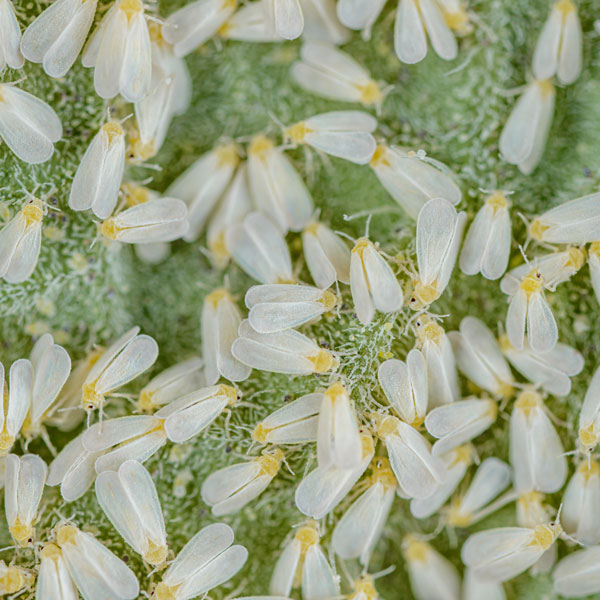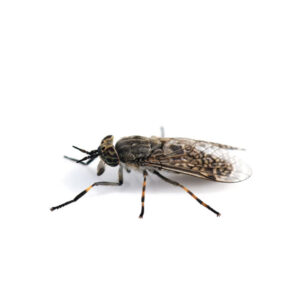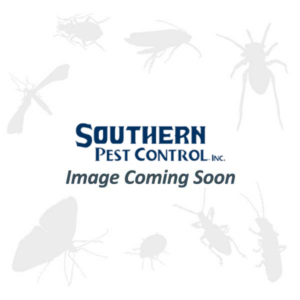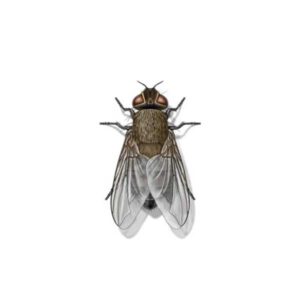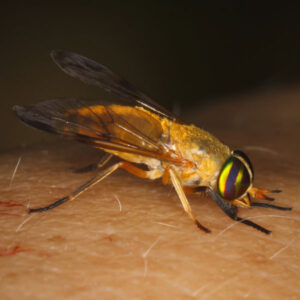Whiteflies in The Mississippi Gulf Coast
Whiteflies are tiny, sap-sucking insects that fly around plants when disturbed. They are not true flies and are more closely related to scales, mealybugs, and aphids. Whiteflies derive their name from the mealy white wax covering the adult’s wings and body. These pests are more commonly associated with plants growing in greenhouses but also occur in plants grown in homes. All stages of whiteflies feed on plant sap, using their piercing-sucking mouthparts. Infested leaves can yellow and drop, reducing plant vigor, but usually not killing the plant. When infested plants are disturbed, great clouds of the winged adults fly into the air.
Whitefly Habitat
Whiteflies can develop rapidly in warm weather, and populations can build up quickly in situations where natural enemies are ineffective, and when weather and host plants favor outbreaks. Large colonies often develop on the undersides of leaves. Whiteflies suck plant juices and, in turn, produce a sticky substance known as honeydew. Honeydew left on its own can cause fungal diseases to form on leaves. Whiteflies breed all year round in warmer parts of the country, moving from one host to another as plants are harvested or dry up.
Whitefly Behaviors, Threats, or Dangers
Whiteflies are not known to bite humans, but they do have piercing mouthparts they use to extract fluids from plants. As whiteflies excrete honeydew, plant leaves may be sticky or covered with black mold. The honeydew attracts ants, which interfere with the activities of natural enemies that may control whiteflies and other pests. Both nymphs and adults damage plants by sucking the juices from new growth, causing stunted growth, leaf yellowing, and reduced yields. The feeding activities of whiteflies weaken plants, making them susceptible to disease. If you are dealing with a whitefly issue on your property, contact your local fly exterminators.
Need help with Whitefly control?
We'll call you! Leave your information below.

